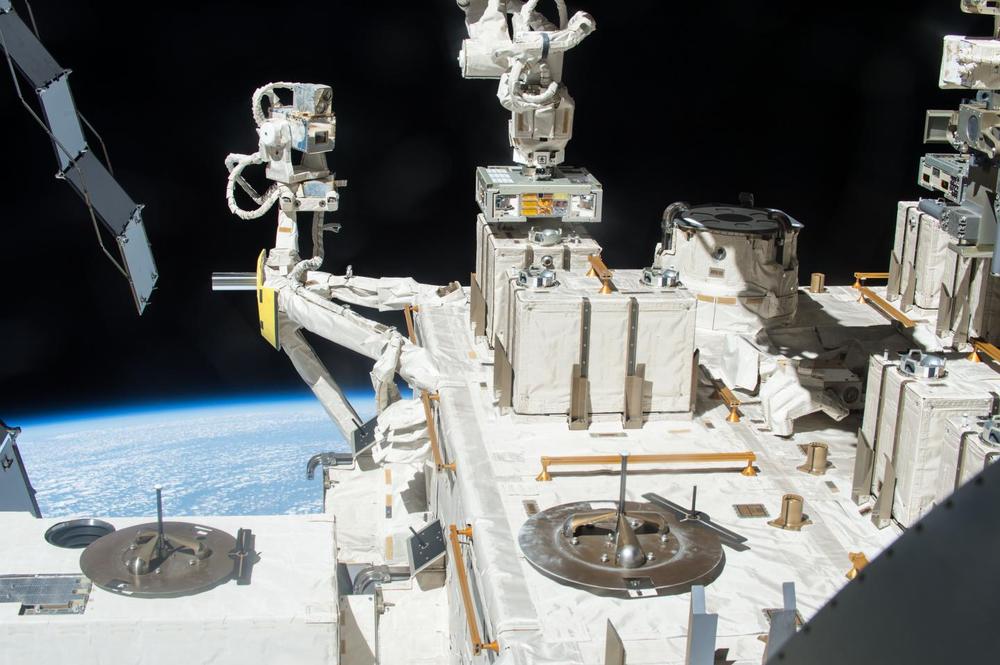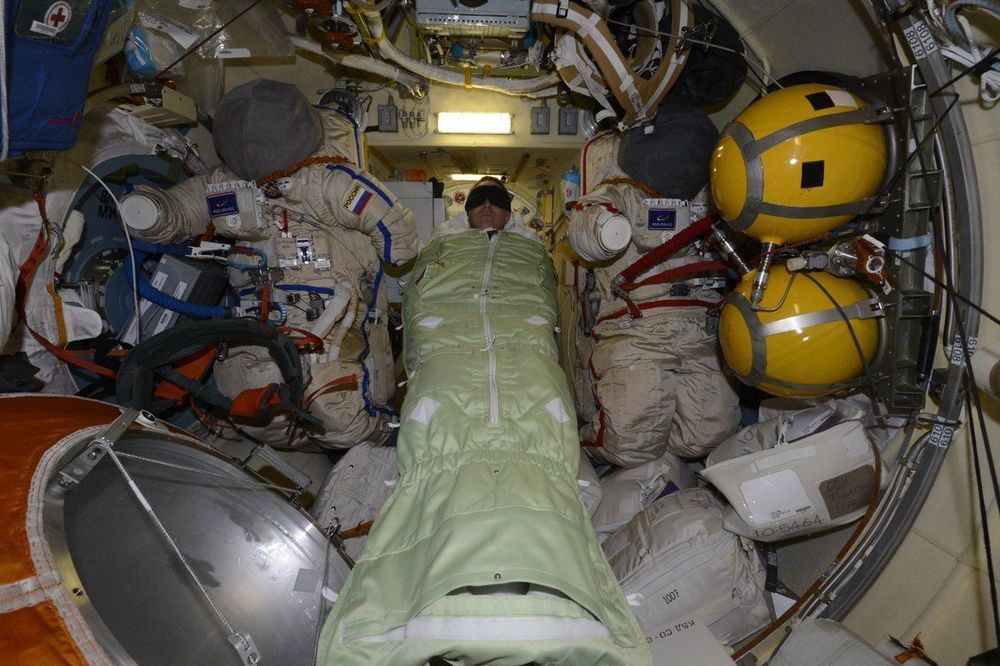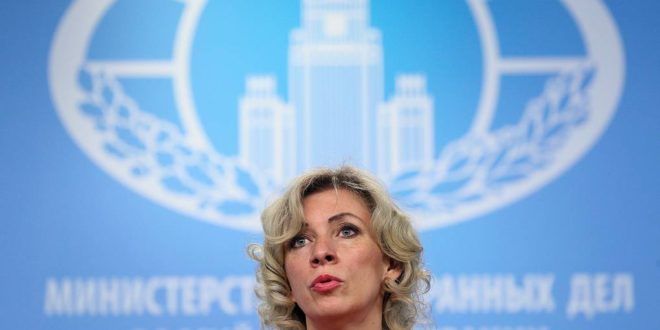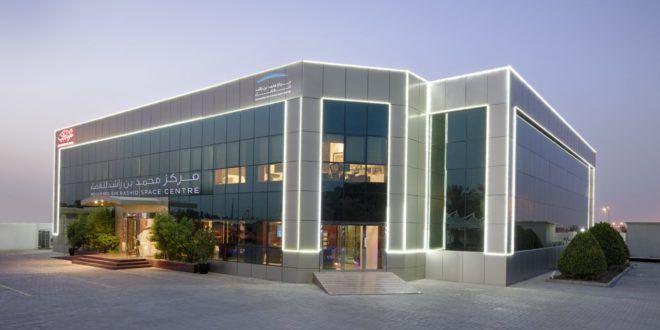WIREDNew research from the Japanese Tanpopo mission adds to scientists’ understanding of how living organisms can endure the hostile environment.



AROUND 4 BILLION YEARS AGO, LIFE BEGAN EMERGING ON EARTH in the form of microorganisms. Whether or not life originated on our planet, or was somehow transported there by way of a traveling asteroid, is one of the biggest questions in astronomy.
Now, a new experiment favors the idea that life ended up on our planet after a long journey through space — by proving that bacteria can in fact survive the trip.
Scientists conducted an experiment onboard the International Space Station that supported the controversial theory of panspermia.


An extract from Space 2.0 by Rod Pyle.
At the other extreme is the massive Dyson Sphere, theorized by physicist Freeman Dyson – a metallic globe large enough to hold a star at its centre and contain a human population at a sufficient distance from the star to comfortably support their survival. This is a highly theoretical idea and is more of a thought experiment than a workable design, at least with any foreseeable technology.
Concerns have been raised about what kinds of governments might take hold in space settlements, and what possible risks they might face from ever more powerful economic and military establishments back on Earth.
Today, we are on the eve of some truly inspiring prospects for early outposts in the final frontier, places that could become reality with the next two decades.

Testing teams have successfully completed a critical milestone focused on demonstrating that NASAs James Webb Space Telescope will respond to commands once in space.
Known as a “Ground Segment Test,” this is the first time commands to power on and test Webb’s scientific instruments have been sent to the fully-assembled observatory from its Mission Operations Center at the Space Telescope Science Institute (STScI) in Baltimore, Maryland.
Since reliably communicating with Webb when in space is a mission-critical priority for NASA, tests like these are part of a comprehensive regimen designed to validate and ensure all components of the observatory will function in space with the complex communications networks involved in both sending commands, and downlinking scientific data. This test successfully demonstrated the complete end-to-end flow from planning the science Webb will perform to posting the scientific data to the community archive.

New simulations show that NASA ’s Nancy Grace Roman Space Telescope will be able to reveal myriad rogue planets – freely floating bodies that drift through our galaxy untethered to a star. Studying these island worlds will help us understand more about how planetary systems form, evolve, and break apart.
Astronomers discovered planets beyond our solar system, known as exoplanets, in the 1990s. We quickly went from knowing of only our own planetary system to realizing that planets likely outnumber the hundreds of billions of stars in our galaxy. Now, a team of scientists is finding ways to improve our understanding of planet demographics by searching for rogue worlds.
“As our view of the universe has expanded, we’ve realized that our solar system may be unusual,” said Samson Johnson, a graduate student at Ohio State University in Columbus who led the research effort. “Roman will help us learn more about how we fit in the cosmic scheme of things by studying rogue planets.”

Spokeswoman for Russia’s Ministry of Foreign Affairs Maria Zakharova, said at a briefing on Thursday that Russia is ready to continue to discuss space issues with the US. This discussion should operate within the framework of a bilateral expert group, commenting on the publication of the US Space Force doctrine by the Pentagon.
“The document confirms the aggressive direction of Washington in the sphere of space, the determination to achieve military superiority up to the total dominance in space. The outer space is considered by the American side exclusively as the arena to conduct warfare,” she said. “We see an opportunity to remove mutual concerns within the framework of the Russian-American working group on space security whose first meeting took place in Vienna on July 27 and we confirm our readiness to discuss further all issues of space activities in the bilateral format,” the diplomat added. The spokeswoman drew attention to the fact that the use of space research exclusively in peaceful purposes remains a priority for Russia as well as prevention of an arms race in outer space. “As opposed to the US, we do not pursue the goals of domineering and superiority. We are interested instead in maintaining the strategic balance in order to strengthen the international security.” She referred to the Russian-Chinese treaty draft on the prevention of stationing arms in space, use of force or threats against space objects. All existing issues and contradictions on the subject of arms in space should be resolved within the framework of the Disarmament Conference, the spokeswoman stressed. According to her, Russia thoroughly analyzes the possible consequences of “Washington’s aggressive endeavors.”
Spokeswoman for Russia’s Ministry of Foreign Affairs Maria Zakharova, said at a briefing on Thursday that Russia is ready to continue to discuss space issues with the US. This discussion should operate within the framework of a bilateral expert group, commenting on the publication of the US Space Force doctrine by the Pentagon.

The Board of Directors of the Mohammed Bin Rashid Space Center, MBRSC, held a meeting chaired by Talal Humaid Belhoul, Vice President, MBRSC to discuss developments related to future projects at the Center, aligned with the strategic plan of the UAE’s National Space Program. The meeting was attended by Hamad Obaid Al Mansoori, Chairman, MBRSC, Yousuf Hamad AlShaibani, Director-General, MBRSC, along with the members of the Board of Directors, Mohammad Abdullah Alzaffin, Mansoor Juma Buosaiba, Mohamed Saif Al Meqbaali, and others.
During the meeting, Belhoul was briefed on the reports of the MBRSC’s current projects, strategy and plans that endeavor to support the country’s strategy in the space sector and its contributions to other sectors, within the UAE’s National Space Program. Belhoul appreciated the efforts of the work done by the team at the center and the support they provided to government agencies and vital sectors in the UAE.
Stressing on the importance of the Center’s role in actively contributing to the promotion of space exploration in the UAE, he said, “Space is a competitive arena for scientific knowledge, and we are proud that the UAE is one of nine countries in the world that has an active space program. We have achieved a lot in this short span, but we have much more to accomplish. We will work towards achieving the vision of the wise leadership of the UAE to be one of the leading countries in terms of knowledge and scientific achievements.”

Mike Snead, P.E., president of the Spacefaring Institute, was invited to present at the Envision Humanity conference held in Portugal on 18 July 2020. This presentation was delivered via video. It addresses the world green energy needed to “globally reset” human civilization using astroelectricity (GEO space-based solar power) to achieve sustainable, prosperous living worldwide. The presentation also shows why the “Green New Deal’s” call to use terrestrial nuclear and renewable energy to replace fossil carbon fuels is not a practical solution. The presentation provides an interesting way to understand the magnitude of the engineering challenge and options available to complete this important transition to sustainable energy.

In The Martian, Matt Damon’s character is able to survive being marooned on Mars by growing potatoes in the Martian soil. While fictional, this plot point reflects a real need for in-situ resource utilization (ISRU) to support long-term human space exploration missions. A new study by a team from the Florida Institute of Technology suggests that the Martian soil may be more hostile to plant life than previously thought and that the capability of growing Martian potatoes will require additional development to make agriculture feasible.
The researchers studied three examples of Martian regolith simulants. These simulants are produced from materials found on Earth to reproduce the mineralogy and chemistry of the soil we expect to find on Mars. They found that none of these simulants were able to support plant life on their own, partly due to nitrogen deficiency, and only two were able to do so when nutrient supplements were added. More crucially, none of these simulants could support plant life at all when calcium perchlorate — a common, and toxic, substance on Mars’s surface — was added. Their results suggest that any scheme for ISRU agriculture on the surface of Mars must plan to remediate, or otherwise avoid, the toxic effects of perchlorate before attempting an extraterrestrial harvest.